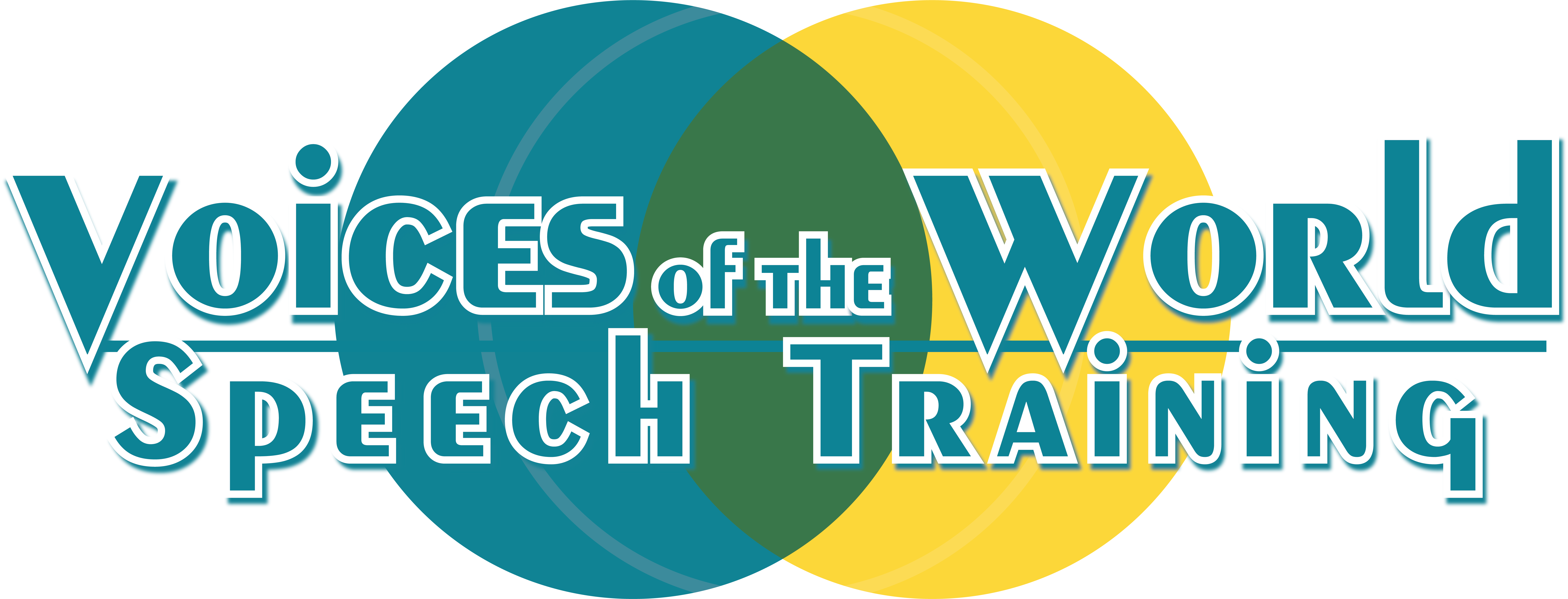
19 Nov Navigating Cultural Communication Differences: How to Understand and Be Understood
If you have ever felt like you don’t understand the people you work with or that they don’t understand you, read on! Communication, and especially communication among people from different cultural and linguistic backgrounds, is such a delicate art. How we interact and speak with others can connect us to others or create more distance, making it much easier or much more difficult to get to move forward at work or in our personal lives.
I recently had the great pleasure of meeting Dr. Deirdre Mendez, a consultant, published author, and director of international engagement at the University of Texas at Austin. She was gracious enough to answer a few questions about her work and offer tips on how to engage in more successful communication.
Jane: Could you tell me a little bit about why you created the ARC (Analyze, Recognize, Capitalize) System™?
Deirdre: The ARC System™ of cultural analysis grew out of my work with diverse teams of people. The country profiles that trainers and consultants often use give a very generalized picture of a particular country. While Brazil may have certain cultural tendencies overall, if you’re working with a particular Brazilian company or a team of ten Brazilians, a country profile for Brazil won’t help much, because that company and those people have unique characteristics. I wanted to help people recognize the cultural tendencies of their specific contacts, rather than rely on country generalizations.
I also wanted to help people predict and solve culture-based problems on international collaborations. My book The Culture Solution spells out how cultural difference shows up in business and offers specific solutions for culture-based misunderstanding and conflict.
Jane: What is the most common type of conflict you see when people from different cultural backgrounds work together?
Deirdre: I find that most international collaborations begin with good will. Conflict usually arises because of miscommunication and escalates from there, as confusion grows and people become frustrated. Any of my framework’s eight dimensions can lead to conflict, but it often begins with communication styles, as I’m sure you know from your own work. Differences between Direct and Indirect communication cause people to feel that their partners are aggressive or evasive, and differences in Neutral and Expressive communication can give the impression that a partner is unstable and unprofessional or aloof and unenthusiastic.
Jane: Yes, I do see that communication style plays a huge role in how people perceive each other. It’s so easy for an interaction to go off track when there is a mismatch. The ability to change our style and tone is largely influenced by our language skills. Think about how carefully we choose our words in certain situations. Now, imagine how much more difficult it can be for second language learners, even those with advanced skills, to walk the fine line between seeming aggressive or evasive. Subtle differences in word meaning and how we structure a message can completely change the tone we mean to convey.
Could you give an example of someone who was able to improve an ongoing work problem caused by a cultural/linguistic mismatch?
Deirdre: On a multicultural team I worked with, one member—I’ll call her Emi—didn’t contribute much during the team’s energetic brainstorming sessions. Emi’s lack of participation caused her teammates to suspect that she wasn’t committed to the project. When the group leader asked what she thought about a solution the team had developed, Emi would always say she agreed with it. But on a couple of occasions, she used an online forum to let the team know afterwards that she thought the agreed-upon solution needed revising.
Other members complained that Emi should have communicated her disagreement during the meeting. Having to rethink decisions wasted time, and they felt that not making her point face-to-face was a little underhanded. They recognized that Emi’s contributions were valuable, but they resented the way she made them.
As we discussed the problem together, it became clear that the Expressive style of most of the members was overwhelming to Emi, who was quite Neutral. There were rarely breaks in the conversation, which she waited for so she could step in without feeling rude. With everyone talking at once, she didn’t know how to make a contribution.
Another problem was that Emi’s Thoroughness orientation prevented her from sharing ideas she hadn’t had time to think through, although “throwing out ideas” seemed natural to her Opportunity-oriented colleagues. She didn’t want to waste others’ time or embarrass herself by contributing “half-baked” ideas.
Furthermore, the Indirectness that caused her to avoid criticizing others’ ideas to their faces never occurred to her Direct teammates. They couldn’t know that presenting criticism in an online format was Emi’s way of avoiding hurt feelings through an in-person confrontation.
Once the team recognized the cultural tendencies causing the problem, they started giving Emi more time to think and contribute, and she began to speak up earlier and more directly. Hearing Emi’s well-considered ideas in time to integrate them into decision-making was a plus for the team. Knowing that others valued her contributions—including pushback on their ideas—brought Emi closer to her teammates. This “cultural synergy” created a virtuous cycle that boosted the team’s cohesiveness and improved its performance.
Jane: A little bit of understanding can definitely go a long way. It’s wonderful to see how small adjustments can make such a dramatic impact on work relationships. The big challenge is to raise awareness of this issue on teams, prompting each person to play an active role in identifying cultural mismatches and taking initiative to adjust as needed. Does ARC need to be two-sided, or could someone use it on their own to improve the quality of their interactions?
Deirdre: Anyone who recognizes another person’s culture-based preferences will have an advantage because they can tailor their communication accordingly. Communicating in a way a partner considers respectful and presenting ideas in a way they find convincing will make anyone a more effective intercultural communicator.
Jane: I agree. In most cases, we can’t expect the other person changing their communication style; we can only control what happens on our end. If we really try to understand others’ motivations, intentions, perspectives and preferences, we can often find common ground. We can then use communication purposefully and strategically to break down barriers and work together more efficiently and collaboratively.
What is your biggest piece of advice for business professionals as they navigate U.S. culture?
Deirdre: The tremendous cultural diversity in the US causes confusion even for Americans. Culture shock is common for natives who transfer from one coast to another, move from rural areas to large cities, or work with different ethnic communities or age groups. Since there’s no one “US culture”, the best strategy is to explain your own cultural norms and assumptions and ask your contacts about theirs. Keep your eyes open for signals people are sending about how they expect to interact with you. Network-oriented colleagues will let you know they value relationships by asking you about your family. Endowment-oriented contacts will convey their emphasis on status by mentioning their prestigious backgrounds and influential contacts. Adapting your behavior to your contacts’ expectations is the best way to create strong relationships and get the most out of international partnerships.
Jane: Practicing awareness is great advice. We are all happier and get more done at work when we feel we are understood by the people around us. Reading each situation and putting in the effort to take the perspective of others typically leads to more positive interactions and a more cohesive team.
Thanks again, Deirdre for sharing your valuable experience with us.
Readers, I hope you enjoyed the discussion as much as I did. Have you experienced cultural or linguistic mismatches at work or in your personal lives? If so, we’d love to hear about them and learn from them!
